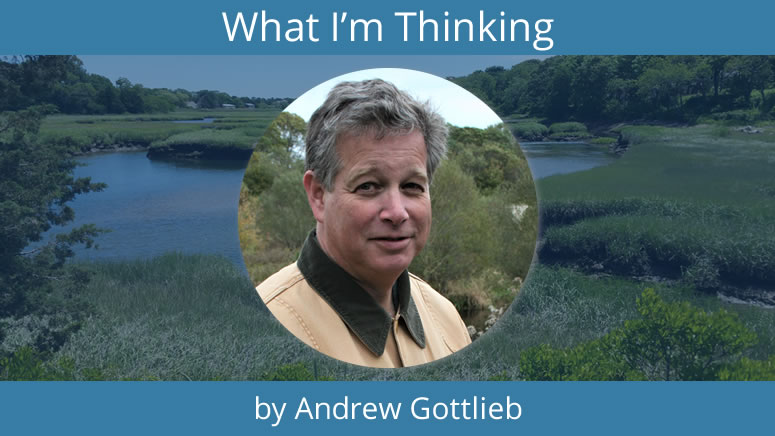A fragmented landscape, poor water quality, and the loss of one third of salt marsh are some of the results of decades of development of Cape Cod. It is widely reported that the Cape faces a difficult housing market characterized by high prices, low occupancy rates driven by high seasonal home ownership that push out working families, and a lack of choice in housing types. This is what the combination of historic development patterns has resulted in. In our newly issued report Hanging in the Balance, APCC details not just what has been lost but what is at risk as the region grapples with what to do with the remaining 14 percent of the unprotected and undeveloped land on Cape Cod.
The lines are clear. If the Cape approaches the future of the last 14 percent of the land in the same way the other 86 percent was handled, we can expect more environmental decline and a worsening housing situation. Of the 50,000 acres of unprotected undeveloped land, 80 percent is in critical habitats that provide essential services purifying water, sequestering carbon, cooling the planet, and providing places to go and just, be. The ecological values associated with maintaining these lands cannot be replaced nor replicated. Once gone, these natural spaces and their essential functions are gone forever.
When it comes to addressing housing needs there are options, indeed preferable options, to developing green spaces for yet more single-family subdivisions. As highlighted in Grow Smart Cape Cod, the redevelopment of already disturbed areas and the concentration of density in town centers, when paired with investment in municipal wastewater infrastructure, provides the prospect of increasing housing options while taking pressure off the landscape and improving water quality.
Hanging in the Balance should serve as a rallying point to galvanize the environmental community and our friends in housing advocacy to return to the focus of Grow Smart Cape Cod. Failing to do so will sacrifice the environmental future of Cape Cod for no particular good reason. The environment will be worse and housing market forces inhospitable to affordability will price new housing starts beyond the means of real people.
Approaching the remaining 14 percent of unprotected land as we have managed development of the rest will bring more of the challenges we struggle with now. The choice is pretty clear, and the only question is if we have the ability to make different decisions.


